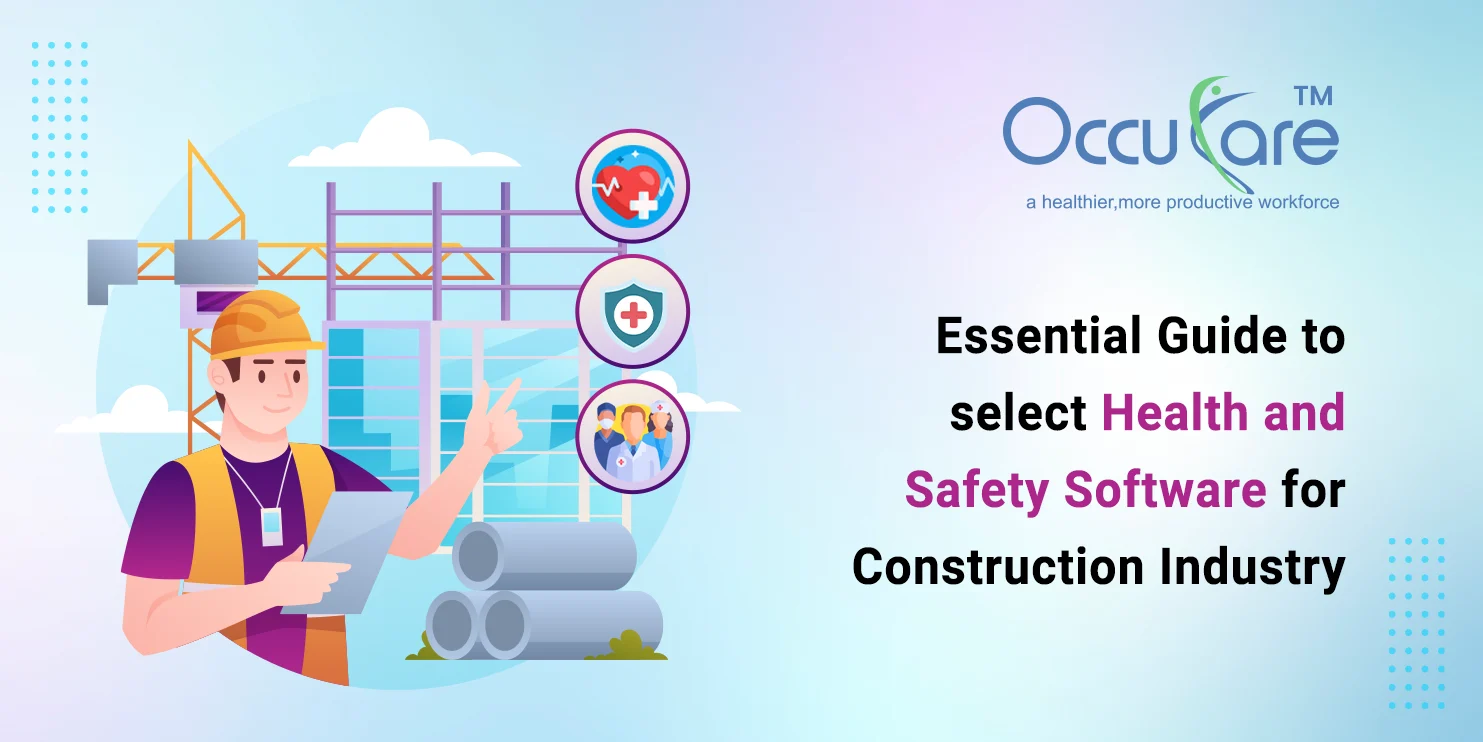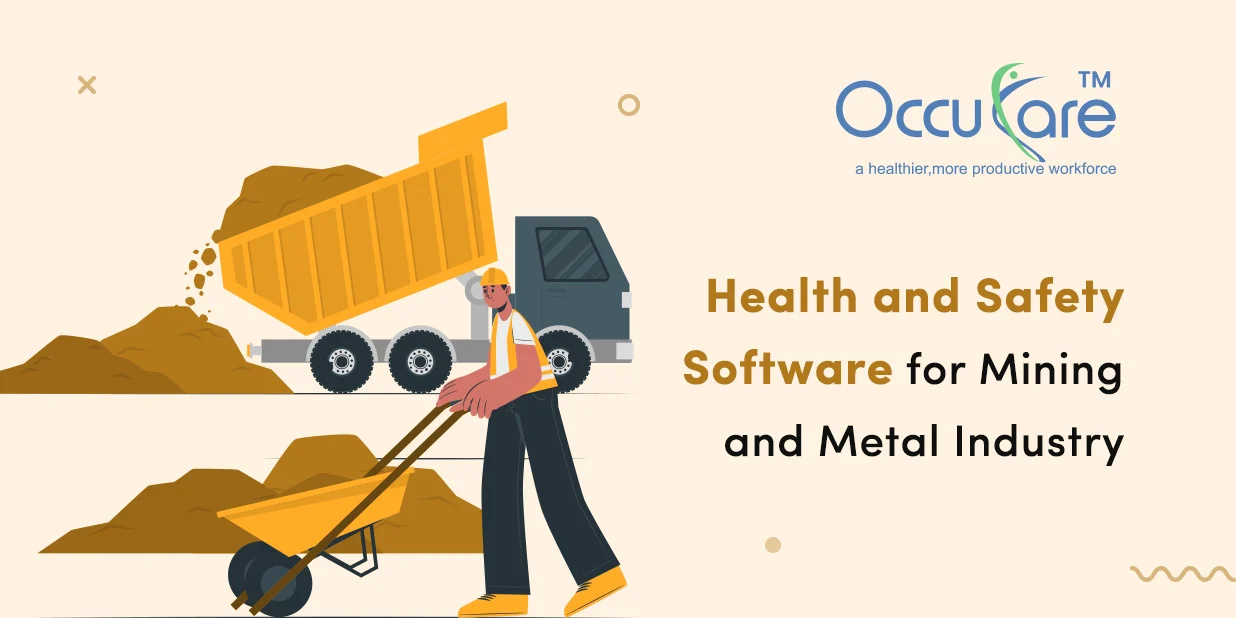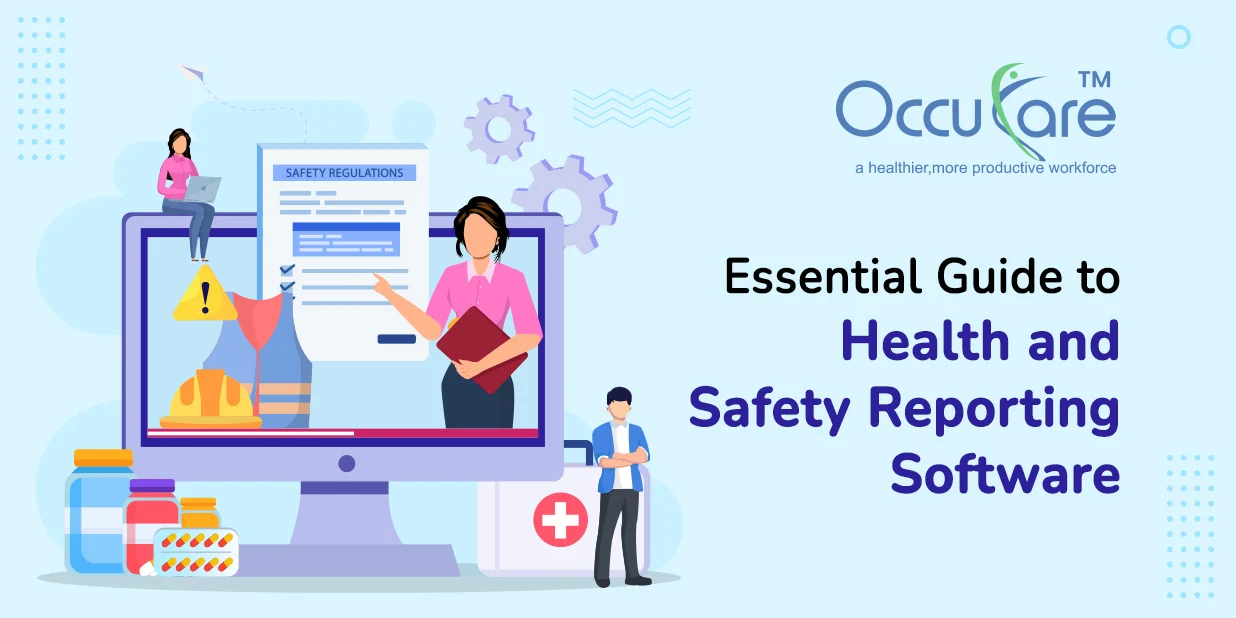Ensuring the health and safety of workers is a cornerstone of responsible project management in the fast-paced and dynamic world of construction, where innovation and advancement meet the needs of complicated undertakings. Adopting technology is crucial to meeting the challenges of preserving a safe working environment as construction sites grow and change. Health and safety software, designed with the complexities of the construction industry in mind, has become an indispensable instrument for risk reduction, compliance monitoring, and raising overall standards of safety.
This extensive guide is meant to serve as your guide when choosing the best health and safety software for construction sector. You will acquire knowledge that will enable you to make wise decisions as we explore all facts of this crucial decision-making process, from comprehending industry-specific difficulties to assessing compliance, usability, and integration capabilities.
Understanding the Industry’s Unique Challenges:
Because of its unique collection of issues and dynamic nature, the construction industry requires a customized approach to health and safety management. Understanding these particular difficulties is essential when choosing health and safety software for the construction sector in order to make sure that the program is not only efficient but also flexible enough to meet the demands of the particular setting.
1. Dynamic Work Environments:
Building sites are renowned for being dynamic and constantly changing. Construction projects move quickly through several phases, with differing work scopes and related risks, in contrast to many other businesses.
2. Varied Workforce:
The workforce in the construction industry is frequently varied, consisting of people with a range of backgrounds, experiences, and degrees of technological proficiency. Software for health and safety needs to be simple to use and intuitive in order to account for this variability. Comprehensive training programs are necessary to guarantee that workers can use the software to improve safety procedures.
3. Regulatory Complexity:
Authorities at the municipal, state, federal, and international levels have imposed a wide range of safety norms and regulations on the building industry. Health and safety software should simplify compliance efforts by offering tools for monitoring and abiding by these standards, as navigating this regulatory landscape can be difficult.
4. Communication Challenges:
Having effective communication is essential to making sure safety procedures are followed. Given the size of many construction sites, communication between various teams and levels is essential.
User Interface and Accessibility in Selecting Health and Safety Software for the Construction Industry:
The user interface (UI) and usability of health and safety software are critical in the physically demanding and fast-paced construction sector. Here, we explore the important factors to take into account while selecting health and safety management software for the construction industry, specifically with regard to user interface and accessibility.
Intuitive User Interface:
A. Simplicity in Design:
On busy construction sites, workers frequently need to obtain information quickly. Users can easily manage the software thanks to its clear and simple design, which eliminates superfluous complexity. To facilitate quick comprehension and action, the user interface (UI) should clearly display important features and information.
B. Visual Clarity:
It is important that the program prioritize visual clarity because the workforce in construction is diverse. A more user-friendly experience is enhanced by distinct sections, color-coded notifications, and clear iconography.
Accessibility Across Devices:
A. Mobile Compatibility:
Because construction work is frequently done in the field, transportable accessibility is required. It is imperative that the health and safety software is compatible with a wide range of devices, such as tablets and smartphones.
B. Cross-Browser Compatibility:
A variety of browsers are used by construction experts, thus the software should work with the most often used ones. Users can access the program from multiple devices without experiencing compatibility problems thanks to cross-browser compatibility.
Project specific challenges of choosing an Health and Safety Software for the Construction Industry.
When choosing health and safety software for the construction industry, a comprehensive understanding of the particular challenges that construction professionals encounter on a project-by-project basis is required. Each construction project is unique and entails a unique mix of risks and challenges.
1. Diverse Project Types:
Large-scale infrastructural initiatives and residential buildings are just two examples of the diverse spectrum of construction projects. The software for health and safety needs to be flexible enough to accommodate the unique needs of various project kinds.
2. Variable Work Environments:
The configuration, topography, and environmental factors of construction sites can all change dramatically due to their dynamic nature. Regardless of the type of work environment—a remote project in difficult terrain or a cramped urban building site—the software should be adaptable enough to handle the subtleties of each.
3. Project Life-cycle Phases:
Projects involving construction go through several stages, from design and planning to building and upkeep. These comprise risk assessment instruments for the planning phase, real-time event reporting for the building phase, and continuous monitoring for the maintenance phase.
4. Specialized Trades and Activities:
Numerous specialized crafts and activities are involved in construction projects, and each one has unique safety considerations. Health and safety system, whether it be for electrical work, welding, excavation, or crane operations, should take into account the special dangers that come with these industries. Personalized risk evaluations and safety procedures are essential to handle the variety of tasks on a building site.
5. Compliance with Project-Specific Regulations:
Certain rules and specifications apply to construction projects depending on the location, nature, and scale of the project. For the health and safety software to adhere to these project-specific rules, it must be flexible.
6. Seasonal and Weather Challenges:
Unfavorable weather and seasonal changes might affect construction operations. Software for health and safety should take into account how the weather affects construction operations. And offer resources for tracking and reducing weather-related risks.
Conclusion:-
The success of construction projects and the safety of employees can be greatly impacted by choosing the appropriate health and safety software for the construction sector. Construction businesses can make well-informed decisions that lead to a safer and more productive work environment by taking into account the specific needs of the industry, compliance standards, usability, integration capabilities, and other elements indicated in this book. Technology adoption in health and safety management is a strategic investment in the long-term viability and success of construction operations, not just a compliance requirement.








